How to Get Rid of Drain Flies
Have you ever walked into your bathroom or kitchen and noticed a few tiny, fuzzy flies hovering around your sink? Annoying, right? You’re probably dealing with drain flies, also called sink flies, sewer gnats, or moth flies. While they don’t bite or spread major diseases, their presence is a sign that something gross is going…
Have you ever walked into your bathroom or kitchen and noticed a few tiny, fuzzy flies hovering around your sink? Annoying, right? You’re probably dealing with drain flies, also called sink flies, sewer gnats, or moth flies. While they don’t bite or spread major diseases, their presence is a sign that something gross is going on inside your drains, and nobody wants bugs hanging out where they wash their dishes or brush their teeth!
In this blog, we’ll take a deep dive (not literally!) into how to get rid of drain flies, why they show up in the first place, and how to make sure they stay gone. Whether you’re a homeowner in Plano, TX, a renter nearby in Frisco or Allen, or someone just tired of weird bathroom visitors, this guide has you covered.
What Are Drain Flies, Really?
Drain flies belong to the family Psychodidae. They’re tiny (about 1/8 inch), dark-colored, and covered in fuzzy hair, which gives them a moth-like appearance. You might spot them lazily flying around your sink, bathtub, shower, or floor drains.
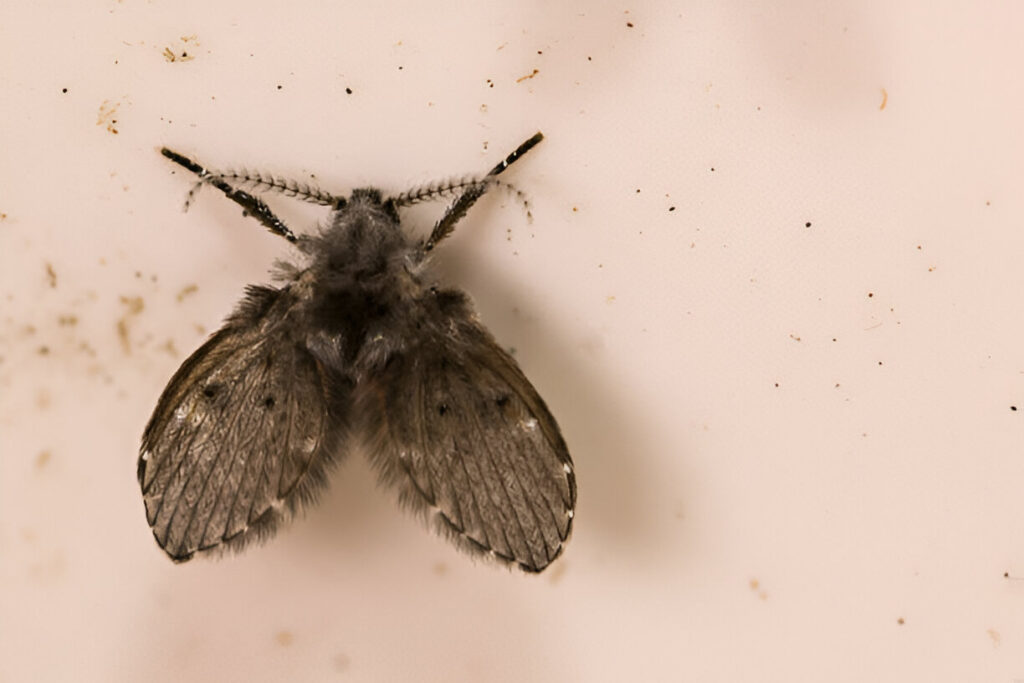
They love moisture and organic gunk, which is why they choose your drains as their nesting and feeding ground. These little critters thrive in warm, humid environments, which makes Plano and North Texas homes, especially in summer, prime real estate for them.
Are Drain Flies Harmful?
Not really. According to the Centers for Disease Control (CDC), drain flies don’t bite, sting, or transmit diseases in the way mosquitoes or ticks do. However, their presence can indicate poor hygiene or plumbing issues.
In rare cases, large infestations can contribute to asthma or respiratory irritation, especially in sensitive individuals.
So, while they’re more of a nuisance than a danger, it’s still best to deal with them promptly.
Why Are Drain Flies in My House?
Good question. The short answer is: your drains are probably dirty.
Drain flies lay their eggs in the slimy, gelatinous gunk (known as biofilm) that lines the inside of your pipes. This biofilm can be made up of decomposing food, soap scum, hair, and other organic matter. In just a few days, those eggs turn into larvae, then into full-grown flies.
Common causes include:
- Slow or clogged drains
- Standing water in unused bathrooms or basements
- Food and grease buildup in kitchen sinks
- Leaky pipes or sump pump areas
- Septic tank problems (especially in older homes in Collin County)
These bugs aren’t coming from “outside.” They’re bred and raised right there in your drain.
How to Confirm You Have Drain Flies
Before you launch into attack mode, you want to make sure you’re actually dealing with drain flies and not fruit flies or fungus gnats.
Here are a few ways to tell:
- Appearance: Drain flies are fuzzy and gray or black with moth-like wings. Fruit flies are smooth, tan-colored with red eyes. Fungus gnats are thinner and mosquito-like.
- Behavior: Drain flies are slow movers and hang around sinks, showers, or floor drains. Fruit flies are attracted to overripe fruit and garbage. Fungus gnats love houseplants.
- Tape test: Put a piece of clear tape (sticky side down) over your suspect drain overnight. If you find little flies stuck to the tape in the morning, bingo, you’ve found their hideout.
How to Get Rid of Drain Flies (DIY Edition)
You don’t need to bomb your home or use harsh chemicals. Start with a few effective at-home treatments.
1. Boiling Water Flush
This is the simplest first step.
- Boil a kettle of water.
- Slowly pour it down the drain in stages (morning and night for a week).
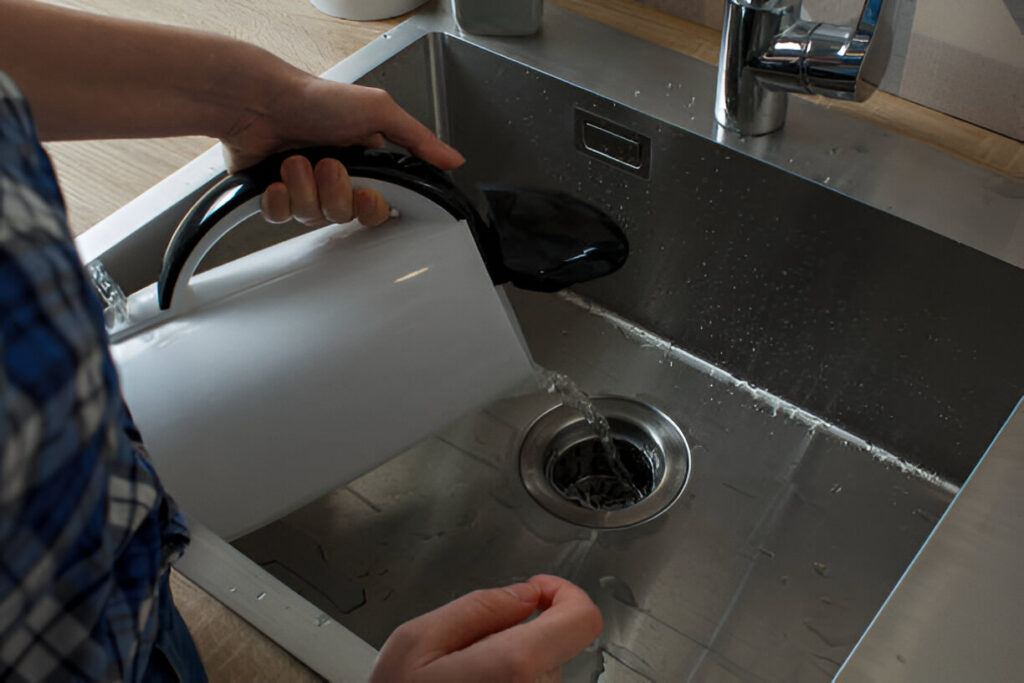
Why it works: Boiling water helps loosen and dislodge the biofilm where drain flies breed.
2. Baking Soda + Vinegar + Hot Water
This combo is a DIY staple for a reason.
- Pour 1/2 cup baking soda into the drain.
- Follow with 1 cup of white vinegar.
- Let it fizz for 10–15 minutes.
- Flush with hot water.
Why it works: The chemical reaction helps break down organic matter clinging to the pipe walls.
3. Drain Brush Scrub
Sometimes, you have to go old-school.
- Remove the drain cover.
- Use a stiff drain brush to scrub the sides of the pipe.
- Follow with boiling water or vinegar rinse.
Why it works: This physically removes larvae, eggs, and biofilm.
4. Enzyme-Based Drain Cleaners
Skip bleach, it’s not very effective and can damage pipes. Instead, use natural, bacteria-based enzyme cleaners like:
- Green Gobbler Drain Fly Eliminator
- Bio-Clean
These are available in Plano-area hardware stores like Home Depot off Preston Rd or Lowe’s on Dallas Pkwy.
Why it works: Enzymes eat away at the biofilm without harming your plumbing.
5. Apple Cider Vinegar Trap
Here’s how to trap adult flies:
- Fill a small bowl with apple cider vinegar.
- Add a few drops of dish soap.
- Cover with plastic wrap and poke a few small holes.
Why it works: Flies are attracted to the vinegar and get trapped.
When DIY Isn’t Enough: Time to Call the Pros
If you’ve tried all the above and those pesky flies are still around, it’s time to bring in the big guns. Drain flies can sometimes nest deeper in plumbing lines or even in your sewer system.
Signs you need professional help:
- Infestation persists beyond 2 weeks
- You’re seeing flies in multiple rooms
- You smell foul odors from the drain
- Your drain keeps backing up despite cleaning
A licensed plumber or pest control professional in Plano, TX will use tools like drain cameras, hydro jetting, or commercial-grade enzymes to get to the root of the problem.
Cost estimate in Plano:
- Professional drain inspection: $100–$200
- Deep cleaning or jetting: $150–$300
- Pest control treatment: $100–$250 per visit
Call Sapphire Plumbing in Plano, TX
Still struggling with drain flies after trying every DIY fix? Don’t worry, you don’t have to deal with it alone. Sapphire Plumbing is your trusted local expert in Plano, TX for fast, effective drain cleaning and pest-related plumbing issues.
Whether it’s a recurring drain fly problem, slow drains, or odors coming from your sink, our certified professionals use safe and advanced techniques to get your home back to normal, fast.
Call us today at (469) 981-1871 to schedule a drain inspection or same-day service!
Serving Plano and surrounding areas like Frisco, Allen, and McKinney.
Preventing Drain Flies for Good
Congrats! You’ve gotten rid of the bugs. Now let’s make sure they never come back.
1. Regular Drain Maintenance
- Pour boiling water down the drain weekly.
- Use an enzyme cleaner once a month.
2. Keep Drains Dry (When Not in Use)
- If you have unused bathrooms, run water weekly to prevent stagnant water.
- Pour a little mineral oil into the drain to create a barrier (especially for vacation homes).
3. Clean Sink Stoppers and Strainers
These parts collect hair, soap, and gunk. Rinse and scrub them weekly.
4. Avoid Pouring Grease Down the Drain
Let it cool and throw it in the trash instead.
5. Install Drain Screens
These can help catch hair and debris before it goes down the drain.
Final Thoughts
Drain flies are gross, yes. But the good news is, you don’t need to panic. Once you understand what they are and why they’re there, getting rid of them becomes a straightforward task.
Start with natural remedies like boiling water and baking soda-vinegar mixes. If that doesn’t work, bring in enzyme cleaners or call a professional. And most importantly, keep your drains clean so they don’t come back.
If you’re in Plano, TX, and need help with persistent drain flies or suspicious plumbing issues, don’t wait. Reach out to a local plumbing or pest control expert who knows the area and can get your home back to fresh and fly-free.
Here’s to bug-free sinks and sweet-smelling drains!


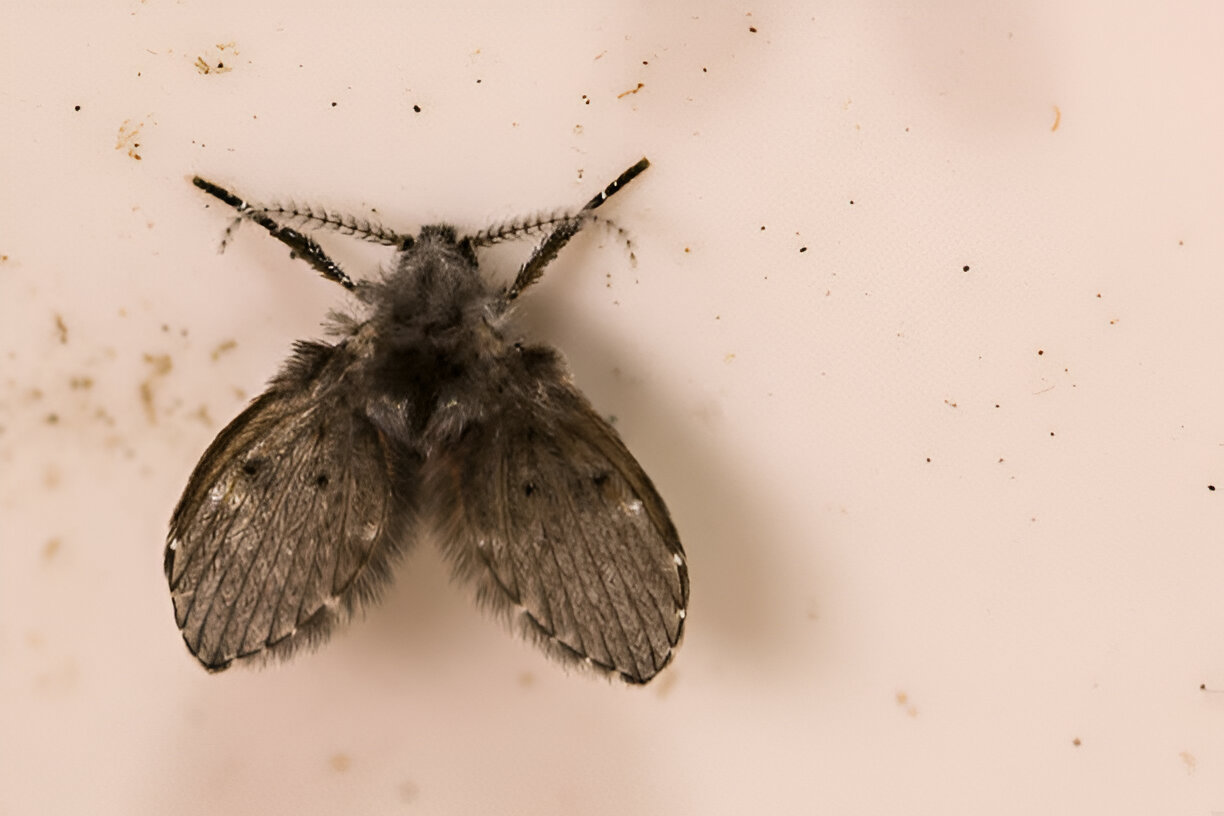
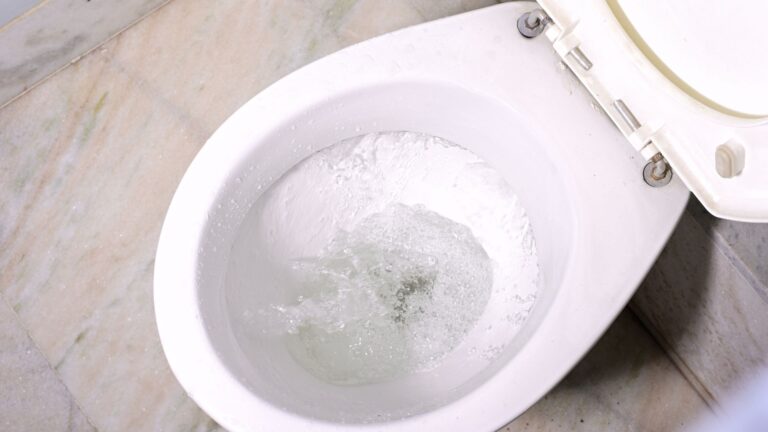
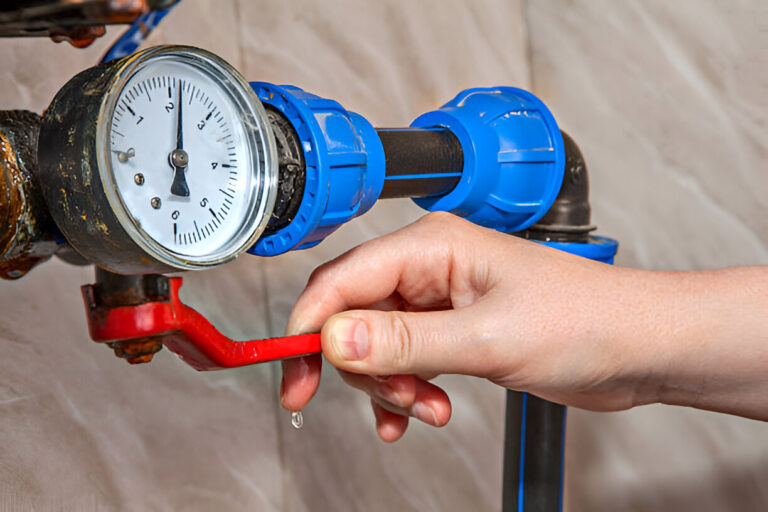


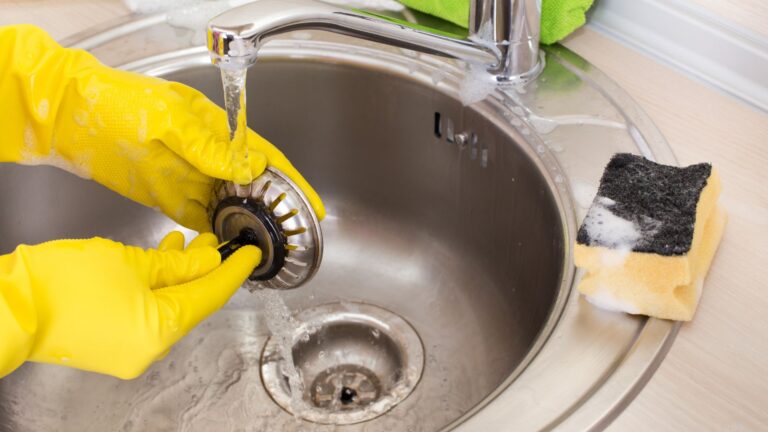

https://shorturl.fm/kTxXu